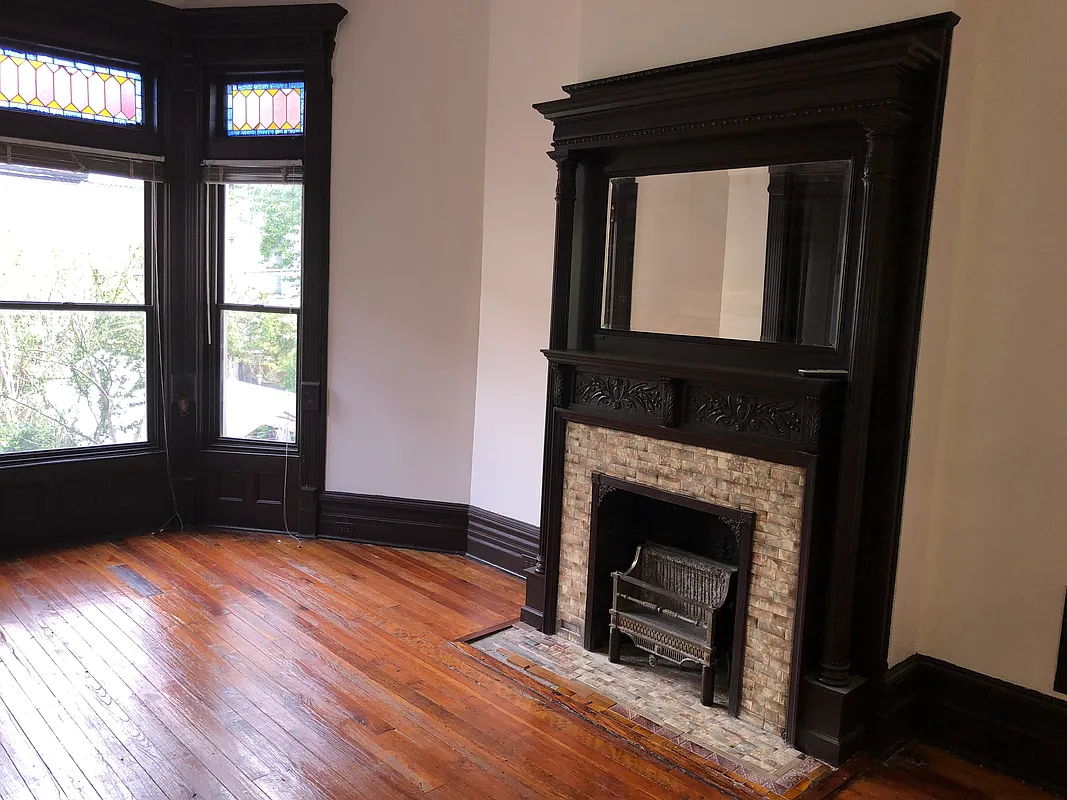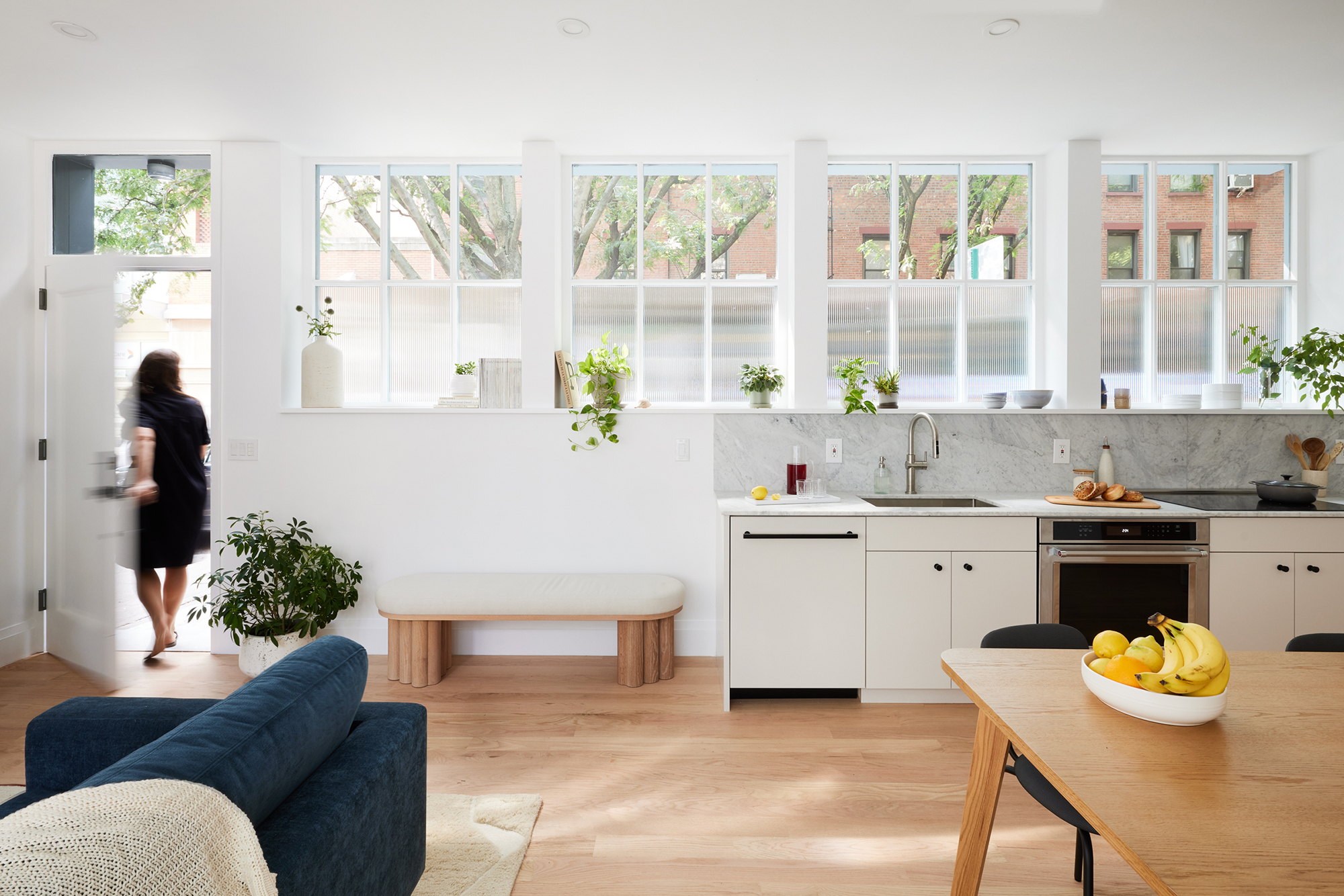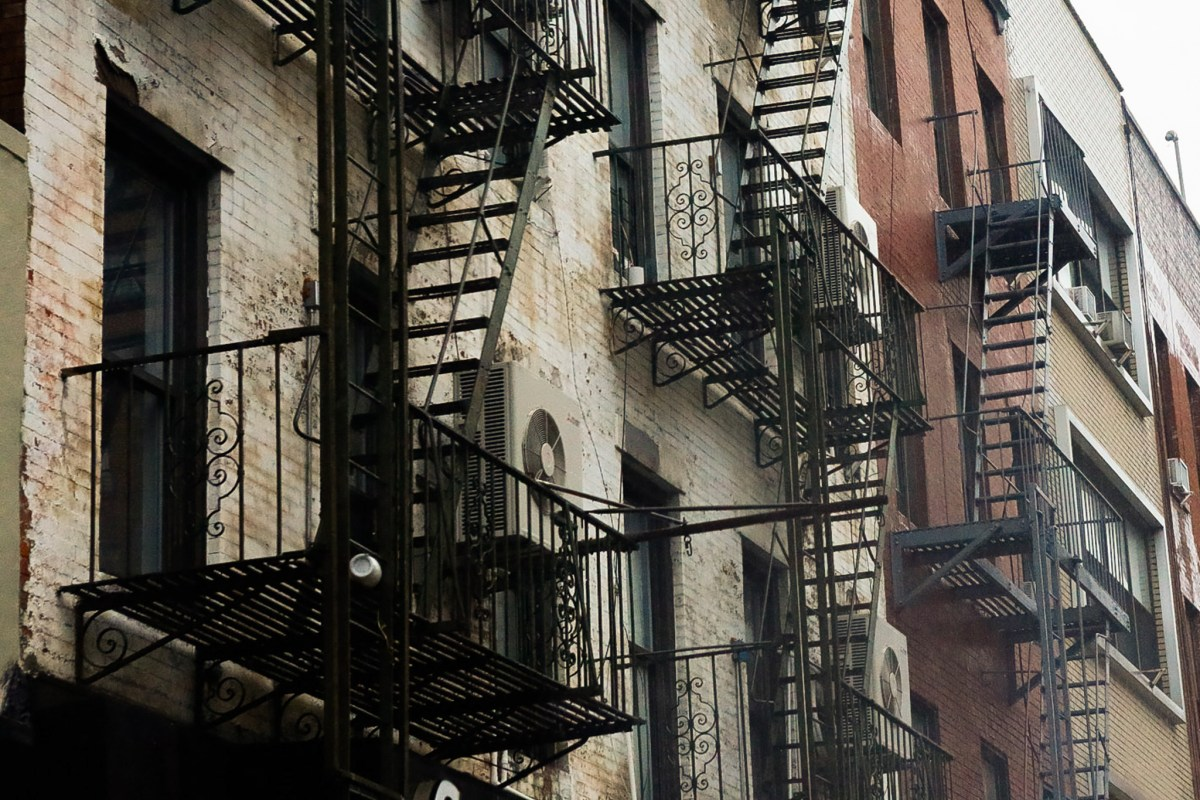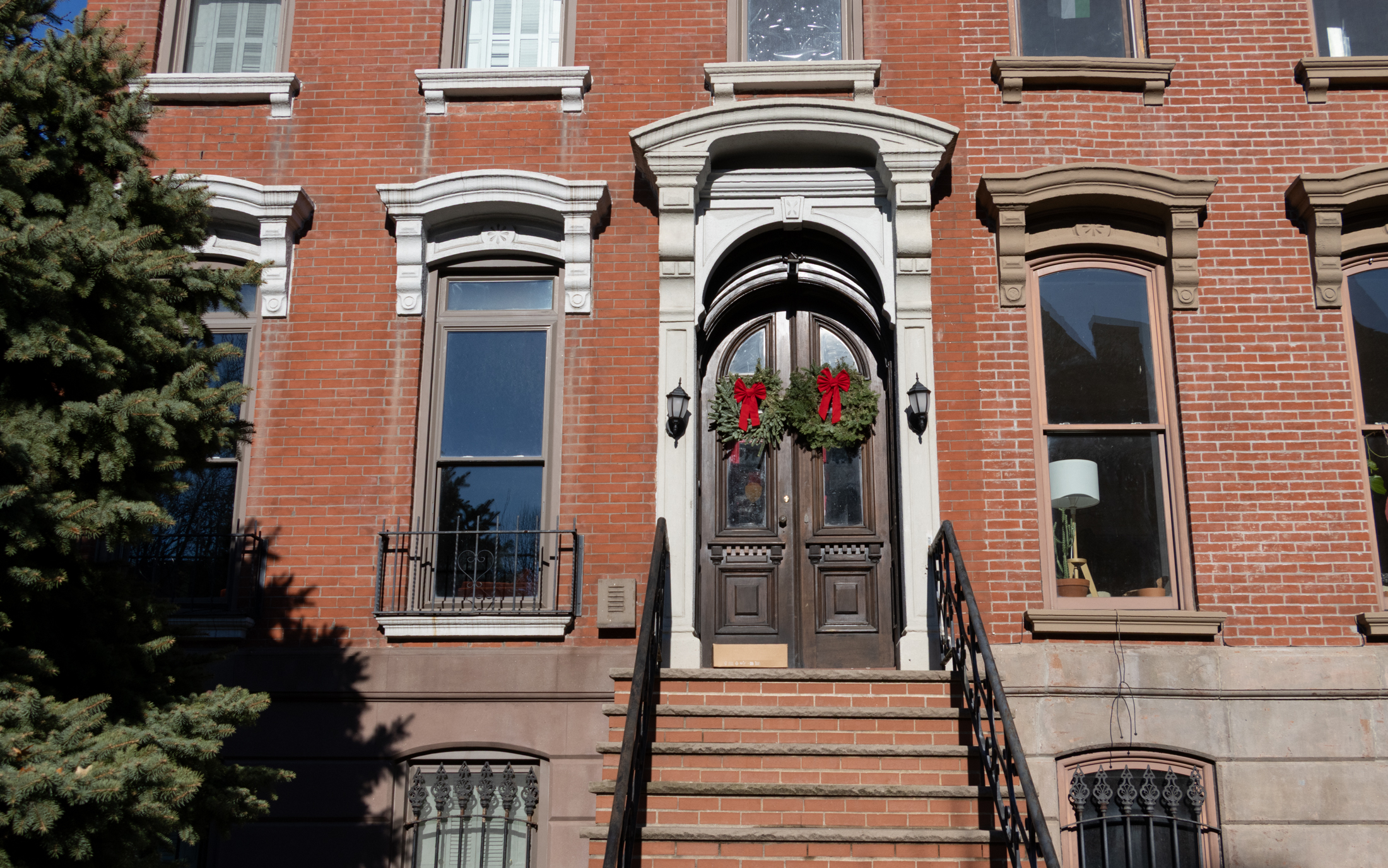Building of the Day: 405-425 Rogers Avenue
The BOTD is a no-frills look at interesting structures of all types and from all neighborhoods. There will be old, new, important, forgotten, public, private, good and bad. Whatever strikes our fancy. We hope you enjoy. Address: 405-425 Rogers Avenue, between Sterling and Lefferts Name: Flats buildings Neighborhood: Prospect Lefferts Gardens Year Built: 1907 Architectural…


The BOTD is a no-frills look at interesting structures of all types and from all neighborhoods. There will be old, new, important, forgotten, public, private, good and bad. Whatever strikes our fancy. We hope you enjoy.
Address: 405-425 Rogers Avenue, between Sterling and Lefferts
Name: Flats buildings
Neighborhood: Prospect Lefferts Gardens
Year Built: 1907
Architectural Style: Renaissance Revival with Classical detail
Architects: Lewis Berger and Co.
Landmarked: Yes
This group of flats buildings is exceptional. They, along with the far less ornate buildings across the street, were built by Louis Berger for developer Charles Lerner. With the exception of the two anchor buildings on the ends of the blocks, they are all classic dumbbell tenement flats buildings, with an air shaft in the middle of the adjoining buildings to allow light.
Originally, they had two apartments per floor, which ran the length of the building. These were built for the new middle class population coming to this area of Brooklyn after the building of the subways in the late 1880’s-early 1900’s. Developers knew their prospective clients wanted nice, quality looking buildings, and Berger and Lerner were highly influenced by the prevailing White Cities Movement, and its use of lighter colored building materials and Classical details.

The facades of these buildings are bursting with fine terra-cotta Classical busts of Minerva-like goddesses with laurel leaf wreaths, swags, elaborate keystones, arched windows,and an ocean of dolphins, which are symbols of prosperity and hospitality. By the 1960’s and 70’s, half of these buildings were sealed up and abandoned, and photos from Property Shark in 2007 show them being gutted and reborn, at least two of them a part of a HUD program.
Remarkably, almost all of the exterior detail on the entire row has survived, from the ornament to the cornices and doorways. These buildings have been landmarked since 1979, preserved at a crucial time in this neighborhood’s social and economic history. They really are great.



[Photos by Suzanne Spellen]





I just remembered – 411 used to be painted green before the renovation (and was green at the time of landmarking – they had to file to get it restored to its original color). I kind of liked it green…
It’s a beautiful group of buildings. Maybe it just takes a more knowledgeable architectural sensibility to appreciate them and the quality of their craftsmanship, Mm (and you know what i am referring to 😉
Thanks again MM; 35+ years in PLG and I’ve never really taken a good look at the buildings on Rogers Avenue.
Rogers has always been a failed commercial strip, sandwiched, as it is, between the [relatively] more thriving Flatbush and Nostrand Avenues. I’ve always thought that this street, with it’s lower commercial rents, might eventually develop into a row of cares, antique shops, book stores, etc. I hope I live to see that.
Benson–I think this part of Rogers was landmarked partially because of the quality of the buildings, but also to connect the second and third blocks of Sterling Street and lefferts Avenue, the only part of the PLG HD that extends east of Rogers.
Minard, I got my info on the shape of the buildings from the maps on PropShark. I don’t know what they’ve done, except from the different owners on all of the buildings, I don’t think they did multi building transformations.
Benson, these buildings are prime examples of middle class housing built specifically for the masses of people moving to Brooklyn chasing the subways. It’s an important movement and part of our city’s history, as wasder said. They are also very beautiful, with the craftsmanship that made Brooklyn what it is, craftsmanship by anonymous people who may not be remembered by name, but their work lives on and is appreciated by a good many people.
The fact that some of these buildings have been brought back from the dead is also a testiment to their ability to be viable housing alternative in a city that needs it. A win-win for everyone.
Wasder;
Please refer to my statements on the Coney Island thread today. This preservation movement is running amuck. There is no rhyme nor reason to these landmarking decisions.
benson–I think the point here is that a building doesn’t have to be fancy or have been built for aristocratic purposes to be landmarked. The landmarking process, when applied correctly, preserves particularly good examples of different styles of architecture throughout a city’s history. The White Cities movement that MM refers to was one of the dominant styles and/or theories for how to build high density housing in urban settings while retaining some form of order and beauty. This is why buildings like these are important to preserve, not because they are considered grand on their own.
Woo-hoo! MM, you were around the corner from my house! 411 Rogers was the subject of an unsuccessful condo conversion a few years ago – Corcoran was the marketing agent, and I don’t think they sold a one. I am not sure if anyone lives there now or not. Thanks for the shout-out to PLG!
Wow, when I first saw this picture, I was sure this was Bushwick. There are blocks and blocks of these in my neighborhood and over into Ridgewood. I suspect that these were built as worker housing for the breweries and other factories that were in the area.
These tenements were landmarked?!?!?!?!?!?!?!?!?!!!!
I give up – the world has gone mad.